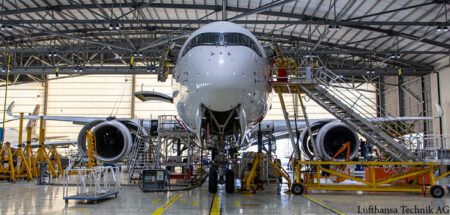As traffic levels have continued to plummet during the COVID-19 pandemic last week’s NBAA News Hour webinar addressed the challenges facing general aviation (GA) airports as well as situations operators may encounter when flying to fields with reduced hours or services.
Moderated by Alex Gertsen, NBAA director for airports and ground infrastructure, the webinar included participants from the FAA as well as several directors of medium and large GA facilities around the country.
In general, the airport directors noted that even while traffic levels have fallen drastically – to “near-zero” flight activity in some cases – GA airports remain staffed and open as essential facilities and continue to be safety-focused and ready to provide services to business aviation customers.
The airport directors spoke about special COVID-19 related procedures in place – often due to governors’ executive orders in various states – and how those are being executed and enforced. Participants also looked ahead to the post-health emergency world and the expectations for GA flights under a post-pandemic “new normal.”
Click here to view the recorded webinar
For its part, the FAA addressed its efforts to keep airports open and operational as states and municipalities attempt to set their own policies. The agency emphasised that aircraft operators should be aware of specific restrictions, but that municipalities do not have jurisdiction to limit flights from hot-spot areas, and that federally obligated airports are required to receive approval from the FAA before implementing operational restrictions.
The webinar also explored the details of the general aviation airport grants being distributed through the Coronavirus Aid, Relief, and Economic Security (CARES) Act, to facilities often struggling with steep revenue losses. The directors noted that, in receiving the relief funding, their emphasis is on maintaining airport businesses in “survival mode” so they are best prepared for a return to profitability in a post-COVID environment.
While FAA funding from the CARES Act is being distributed swiftly, the process requires a significant amount of time at the airport level, and in many cases city government or airport board approvals are also required, especially if changes to leases and other contracts are necessary. The airport managers suggested that business aviation operators rely on the federal aid available directly to them as a first resort, and on direct airport assistance as a final option.
Webinar participants had an opportunity to share their first-hand perspectives. Most flight departments and operators have ceased flying for the moment and are doing what they can to maintain currency and keep their aircraft mission-ready for when flight operations resume. In the meantime, participants noted, maintenance and flight training continue.





